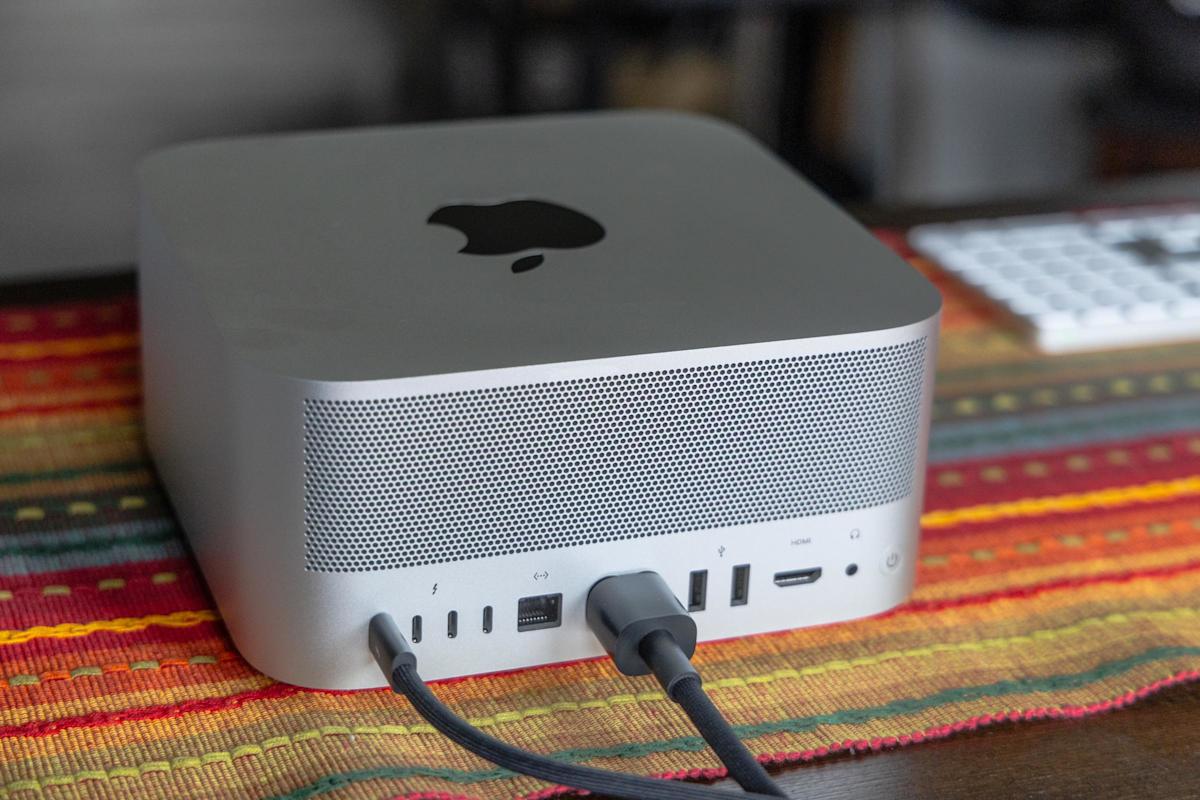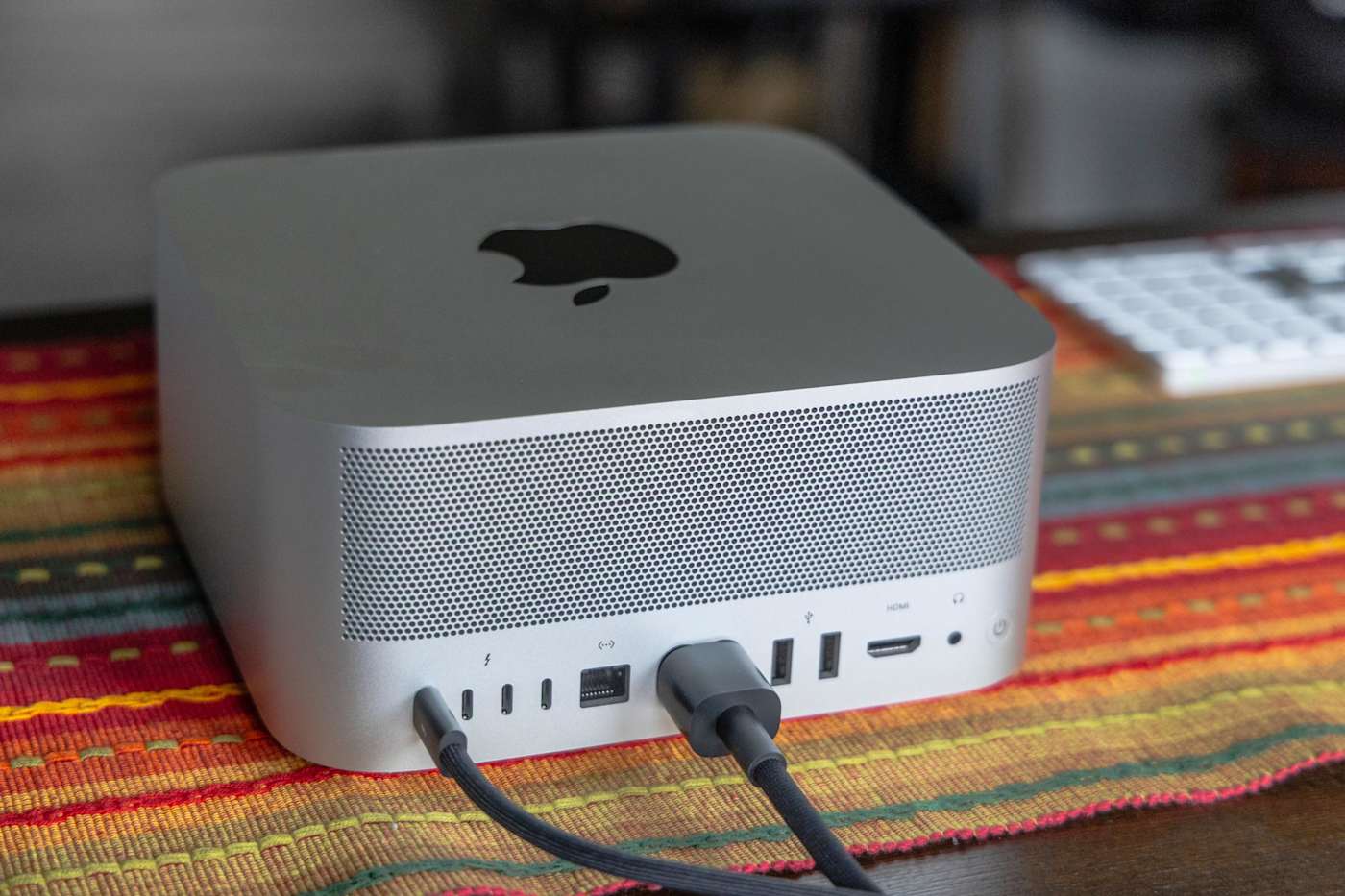Key Points
- macOS Tahoe 26.2 adds Thunderbolt 5 clustering for multiple Macs.
- Four Mac Studios (up to 512 GB RAM each) can run a 1‑trillion‑parameter model.
- Cluster power draw is under 500 W, about ten times lower than typical GPU clusters.
- Thunderbolt 5 provides up to 80 Gb/s bandwidth, improving over older Thunderbolt limits.
- Feature works with M4 Pro Mac mini and M4 Pro/Max MacBook Pro; 14‑inch MacBook Pro limited to Thunderbolt 4.
- MLX gains full access to M5 neural accelerators under the new OS.
- ExoLabs’ EXO 1.0 demonstrated on the clustered Macs.
- Existing Mac hardware can be repurposed for AI workloads, reducing need for expensive GPU rigs.

New Clustering Feature in macOS Tahoe 26.2
Apple’s upcoming macOS Tahoe 26.2 introduces a low‑latency, Thunderbolt 5‑based clustering capability that allows several Macs to be linked together as a single compute node. The feature works with standard Thunderbolt 5 cables and does not require any special hardware beyond the compatible Macs themselves.
Performance and Power Benefits
In a demonstration, a cluster of four Mac Studios—each equipped with up to 512 GB of unified memory—successfully loaded and ran the 1‑trillion‑parameter Kimi‑K2‑Thinking model. The cluster consumed less than 500 watts of power, roughly ten times lower than a typical GPU‑based cluster such as an NVIDIA RTX 5090, which is rated at 575 watts. The Thunderbolt 5 link provides up to 80 Gb/s of bandwidth, a significant improvement over earlier Thunderbolt implementations that were limited to slower speeds and often required hubs that reduced throughput to 10 Gb/s.
Hardware Compatibility
The clustering capability is not limited to the high‑end Mac Studio. It also works with the M4 Pro Mac mini and the M4 Pro/Max MacBook Pro, allowing a range of Apple Silicon devices to participate. The 14‑inch MacBook Pro, which currently ships with Thunderbolt 4, can join a cluster but will not benefit from the full Thunderbolt 5 bandwidth.
Integration with Apple’s AI Stack
macOS Tahoe 26.2 gives Apple’s open‑source MLX project direct access to the neural accelerators on the upcoming M5 chip, further accelerating AI inference tasks. In the same demo, the clustered Macs ran ExoLabs’ EXO 1.0 software, showcasing how third‑party tools can leverage the new hardware configuration.
Implications for Developers and Researchers
For developers and researchers who already own Mac Studios, Mac minis, or MacBook Pros, the new clustering feature offers a cost‑effective way to scale AI workloads without purchasing additional GPU hardware. While a top‑end Mac Studio with the M3 Ultra chip starts at $9,499, the ability to repurpose existing machines could lower overall investment for institutions seeking high‑performance, low‑power AI compute.
Source: engadget.com
